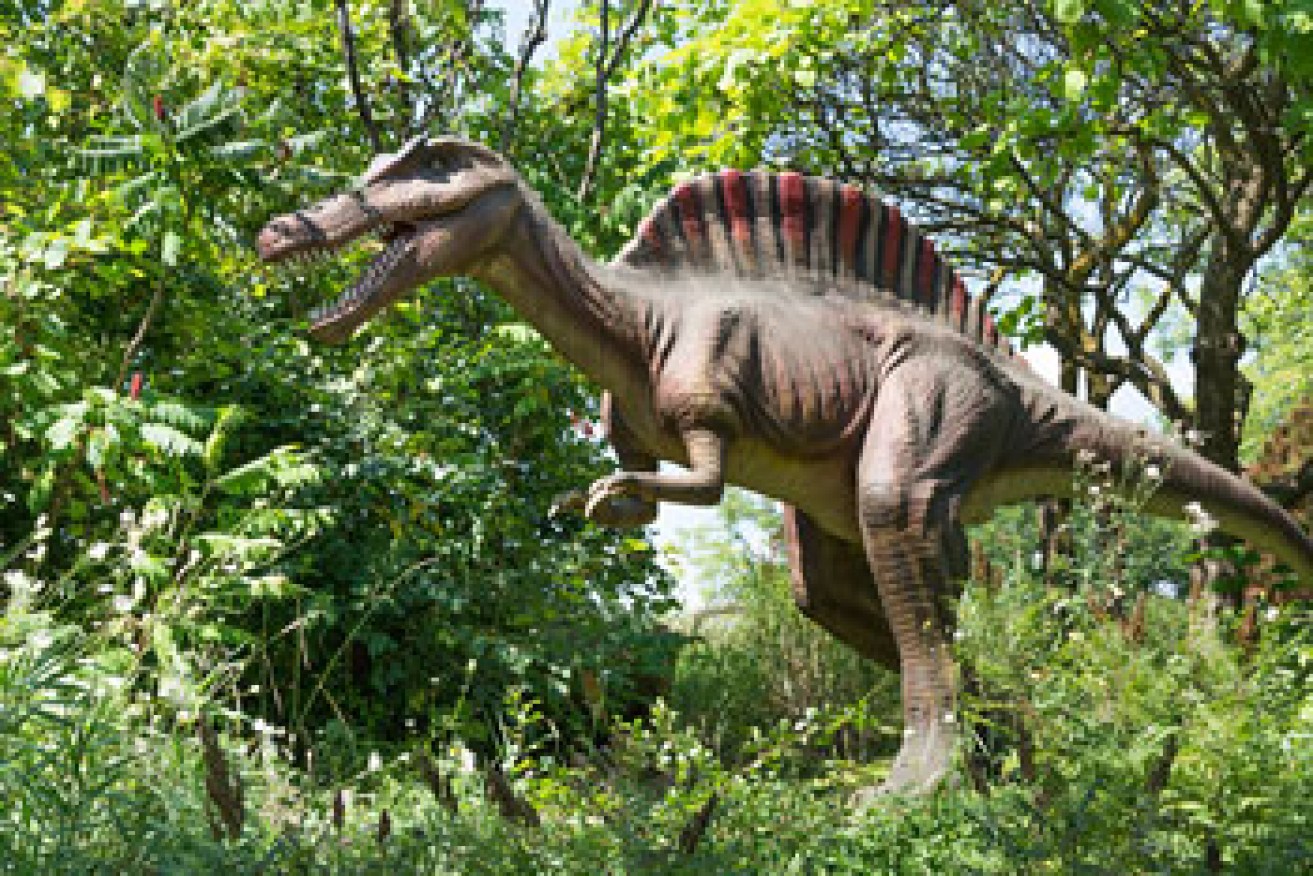Prehistoric sea dragon ‘wiped out by climate change’

Getty
Climate change sealed the fate of ichthyosaurs, marine reptiles that ruled the oceans for 157 million years, suggests an analysis of fossils.
The dolphin-like animals died out some 30 million years before the mass dinosaur extinction at the end of the Cretaceous 66 million years ago.
Vertebrate palaeontologist Dr Valentin Fischer, who led the research, published in Nature Communications, said that the extinction of ichthyosaurs, which were extremely well adapted to oceanic life, was a long-standing enigma.
• Nicholas Cage to return stolen dinosaur skull
• All the best dinosaurs looked like vicious chooks
• The new findings that could rewrite human history
A number of hypotheses have previously been proposed to explain the ancient marine reptiles’ disappearance, including increased competition from other marine reptiles and fish and the decline of their main food source, squid-like belemnites, said Dr Fischer of the University of Oxford.
Over time, these pressures would have reduced species diversity, allowing relatively minor events to tip them into extinction.
“These theories were at odds with the recent understanding of the ichthyosaur fossil record, which suggests they were actually quite diverse prior to their extinction,” he said.
“We wanted to analyse this extinction thoroughly and look for possible alternative drivers.”
Analysis of teeth and newly discovered fossils
The researchers analysed teeth from museum collections as well as a number of newly discovered fossils from Russia.
They then correlated their results with geological evidence of sea surface temperatures and other environmental indicators to estimate ichthyosaur diversity over a 150-million-year period.

Ichthyosaurs died out long before the dinosaurs, suggesting it met a different fate. Photo: Getty
“We found they were in fact very diverse during the last part of their reign; their extinction was thus a profound, rather abrupt event in the history of a successful group,” said Dr Fischer.
Instead, their demise was associated with strong fluctuations in sea levels and temperatures during what is known as the Cenomanian stage of the upper Cretaceous period, 100 million to 94 million years ago.
“It seems that a large part of the marine biosphere was affected by an event or a series of rapid events that profoundly modified marine ecosystems,” he added.
“These events coincided with profound climatic changes: fast-moving continents, intense volcanism, ice-free poles and episodes of anoxia (lack of oxygen) on the sea floor.”
During this turbulent period, Dr Fischer said ichthyosaurs failed to take advantage of the novel opportunities presented by their rapidly changing world, by evolving new species.
Changes in food availability, migratory routes, competitors, or the lack of safe birthing places may all have contributed to their downfall.
“Some groups evolved to take advantage of these new, highly fluctuating conditions while others, like ichthyosaurs, did not.”
‘Sampling incomplete in geography and time’

Spinosaurus Aegyptiacus lived during the same period and might have shared the Earth with the marine creature. Photo: Getty
But Australian ichthyosaur researcher Dr Benjamin Kear, who was not involved in the study, was cautious about the study’s conclusion, which was based on the description of various new ichthyosaur species, mainly from European deposits.
“While this taxonomic proliferation does infer periods of higher diversity, it is restricted by the relatively small area of globally explored outcrops, especially in the southern hemisphere,” said Dr Kear, who is currently the curator of vertebrate palaeontology at Uppsala University’s Museum of Evolution.
“This means that our sampling is very incomplete, both in terms of geography and time – which limits clarity of the results.
“Having said that, this research opens an exciting new line of inquiry that will fuel further investigations into the ichthyosaur extinctions and the emergence of modern marine predators such as sharks and bony fish during the Cretaceous.”
– ABC









